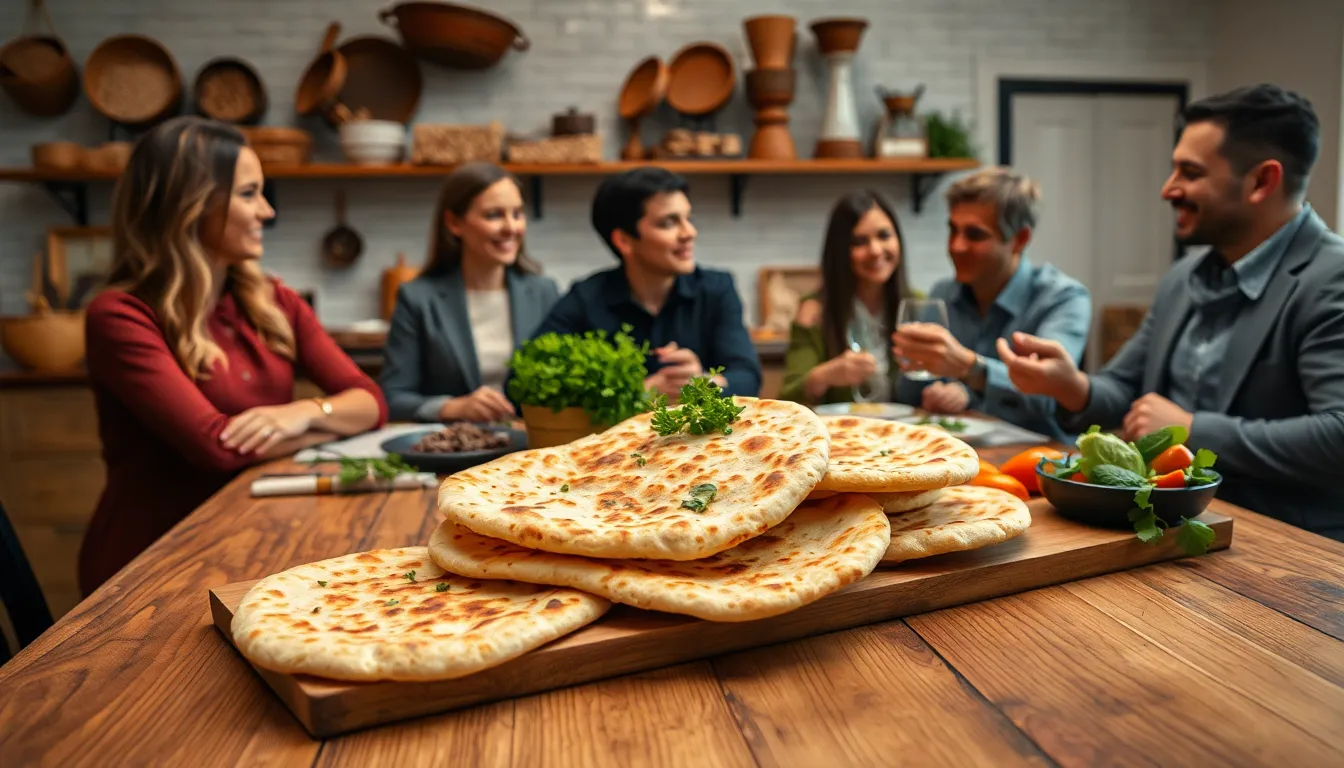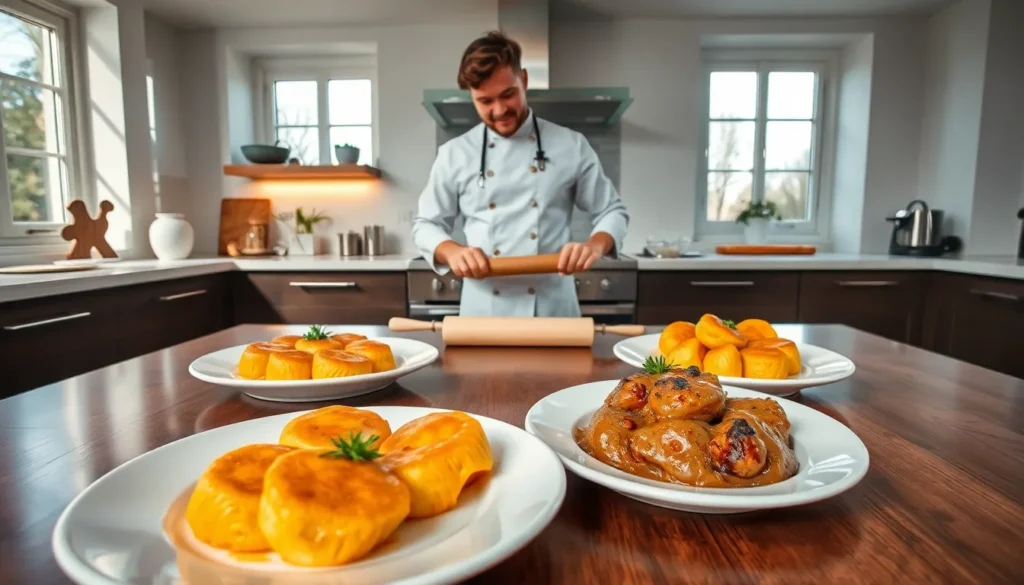Ever found yourself curious about what makes traditional dishes tick? Well, if you’ve stumbled upon ‘плаепок,’ you’re in for a treat. This delightful dish has roots that stretch deep, known for more than just satisfying hunger, it’s an experience. In this text, we’ll explore the essence of плаепок, its cultural significance, and how it has gracefully adapted to modern culinary practices. So, fasten your seatbelt, it’s going to be a flavorful ride.
плаепок

Cultural Significance of Плаепок
The significance of плаепок extends far beyond mere nutrition. In many cultures, the act of preparing and sharing this dish represents community, familial bonds, and tradition. During festivities, you might find families gathered around the kitchen, rolling out dough and filling it with local ingredients. The gathering is often accompanied by laughter, storytelling, and an ample dose of love. Also, плаепок is intertwined with various customs and rituals. In certain cultures, making плаепок is believed to bring good luck, especially when shared amongst friends and family. So, this dish serves as a connection between generations, symbolizing continuity and belonging. It’s no wonder that for many, плаепок isn’t just a meal: it is a manifestation of culture and identity, a reminder of where they came from.Different Types of Плаепок
When it comes to varieties, плаепок is as diverse as the cultures that embrace it. From stuffed versions to simple flatbreads, there’s a type for every palate. Some common varieties include:-
- Cheese Plаепок: Often filled with rich cheeses, this version melts in your mouth, embodying indulgence.
-
- Potato Plаепок: Stuffed with seasoned mashed potatoes, this hearty version provides warmth on chilly days.
-
- Meat Plаепок: Typically filled with minced meats and spices, this variant offers a robust flavor that satisfies.
-
- Sweet Plаепок: For those with a sweet tooth, these can be filled with fruits or sweet cheese, offering a delightful finish to any meal.
Making Плаепок: Ingredients and Methods
Creating a delicious плаепок is as much an art as it is a science. The base ingredients typically include flour, water, and salt. But, additional components can enrich the dough or filling, bringing depth and flavor. Here’s a basic overview to get started:Ingredients
-
- Dough: Flour, water, and salt. Some recipes might include yeast or baking powder for a fluffier texture.
-
- Filling: This varies based on preference, think of meats, veggies, cheeses, or fruits.
Methods
-
- Prepare the Dough: Begin by mixing your flour, water, and salt in a bowl until it forms a cohesive dough. Knead until it’s smooth.
-
- Rest the Dough: Let it sit for at least 30 minutes. This allows the gluten to relax.
-
- Roll and Fill: Roll out the dough into thin rounds. Place your filling in the center before folding the dough over to create a pocket.
-
- Cook: You can pan-fry, bake, or steam your плаепок, each method offering a unique texture and flavor.
Плаепок in Modern Cuisine
In contemporary culinary landscapes, плаепок has found a prominent place on menus, elevated by creative chefs who are reimagining traditional recipes. This dish has transitioned from humble origins to chic bistro offerings. It’s not uncommon to see gourmet versions of плаепок, featured with farm-to-table ingredients and artisanal flours. Also, food trucks and street vendors have begun to adopt плаепок, presenting it as a quick yet satisfying option for busy diners. The convenience of encapsulating various fillings appeals to modern consumers who crave both taste and convenience. For many, these iterations echo the past while embracing the fast-paced demands of contemporary life. Besides, social media has taken плаепок to new heights. With mouth-watering images flooding timelines, food enthusiasts are more eager than ever to explore this age-old delicacy.Health Benefits of Плаепок
Beyond its irresistible taste, плаепок offers various health benefits, especially when prepared with wholesome ingredients. Here’s a rundown of some of those benefits:-
- Nutrient-Dense Ingredients: Whole grain flours can be a great source of fiber, vitamins, and minerals.
-
- Versatile Fillings: Whether one chooses veggies, lean meats, or low-fat cheese, the fillings can cater to numerous dietary preferences.
-
- Portion Control: The customizable nature of плаепок allows for portion control, making it easier to eat balanced meals.

